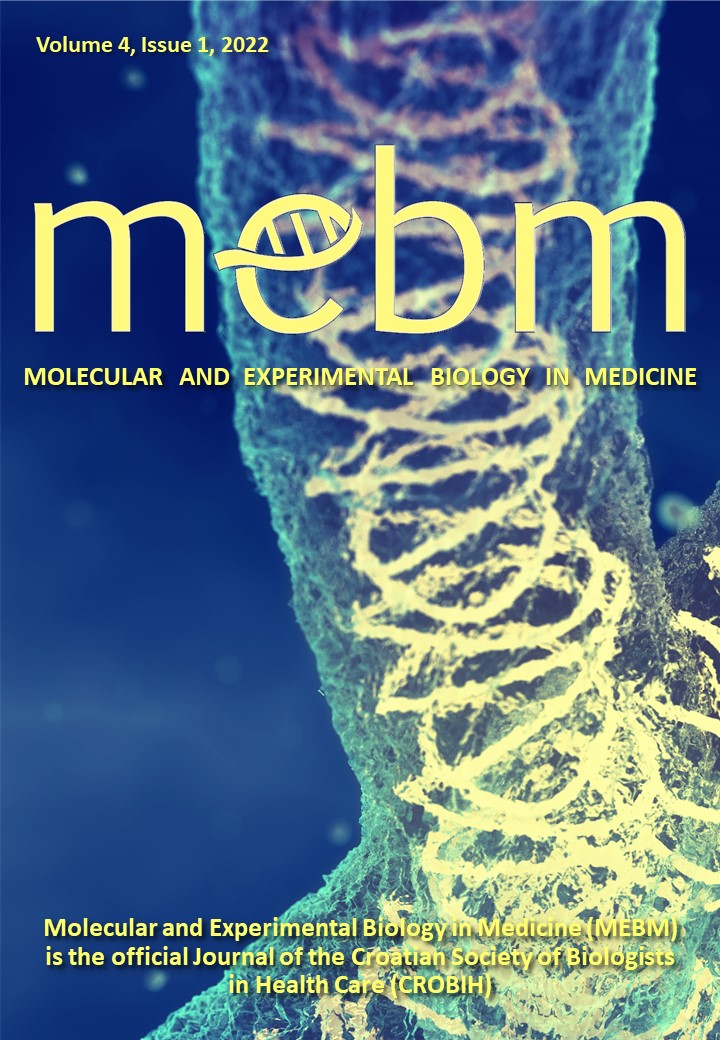HLA GAMMA BLOCK MATCHING IN UNRELATED HEMATOPOIETIC STEM CELL TRANSPLANTATION AND THE DEVELOPMENT OF GRAFT VERSUS HOST DISEASE
Abstract
The human leukocyte antigen (HLA) genes routinely typed for hematopoietic stem cell transplantation (HSCT) are HLA-A, -B, -C, -DRB1 and -DQB1. HLA mismatches (MM), which have been associated with many post-transplantation complications, including acute graft-versus-host disease (GvHD), sometimes occur when a fully matched donor is not available. Gamma block (GB) is located in the central HLA region between Beta and Delta blocks and contains many inflammatory and immune regulatory genes, including the C4 gene. C4 was proposed as a marker when predicting haplotype matching due to positive linkage disequilibrium (LD) with its surrounding loci. Our aim was to investigate the association between GB matching in patients and their 9/10 HLA matched unrelated donors (UD) and the occurrence of GvHD. Patients and their UDs were typed using the PCR-SSP kit that detects 25 SNPs within GB. Gamma block mismatch occurred in 25 (75.8%) of the 33 studied patient-UD pairs. There was a significant difference in GvHD occurrence between Gamma type matched (GT-M) and mismatched (GT-MM) patient-UD pairs (p=0.0302). The probability of GvHD occurrence had also shown an increase, although insignificant, along with the number of GT-MM between patient-UD pairs (p=0.0913). These results suggest that GT matching could be useful in reducing the risk of post-HSCT complications.




